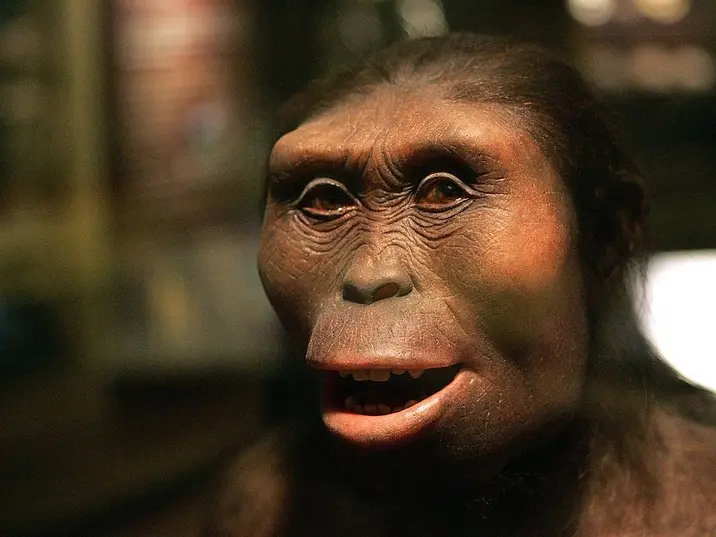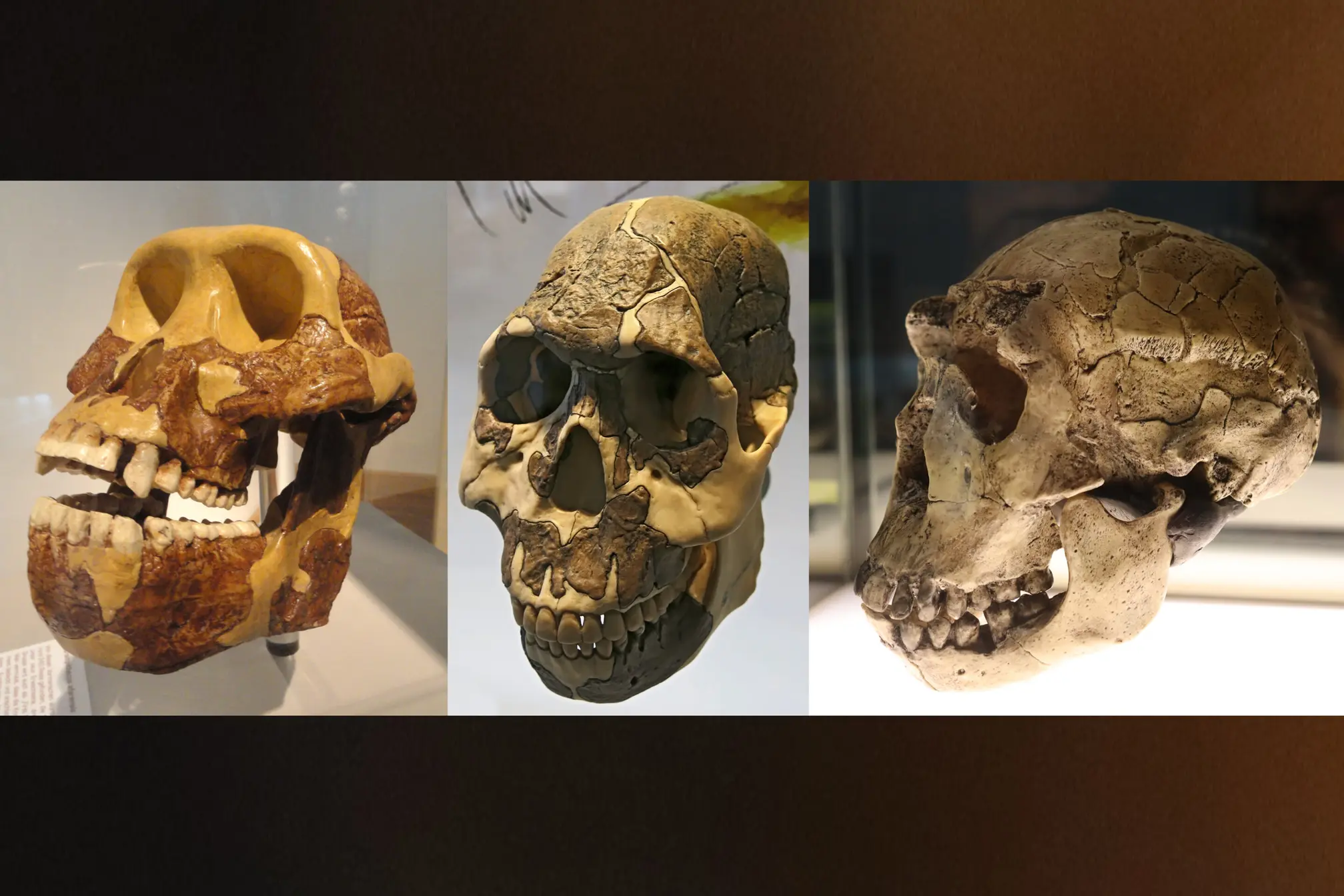T4K3.news
Two hominin lineages coexisted in Ethiopia 2.6 million years ago
Teeth from Ledi-Geraru show Australopithecus and Homo lived in the same region around 2.6 million years ago.

New fossil teeth from Ledi-Geraru in Ethiopia suggest Australopithecus and Homo shared the same landscape around 2.6 million years ago.
Ancient Ethiopia site shows Australopithecus and Homo lived together 2.6 million years ago
Researchers report 13 fossil teeth from the Ledi-Geraru site in northeastern Ethiopia, dating to about 2.63 million years ago. Ten teeth belong to an unidentified Australopithecus species, temporarily dubbed the Ledi-Geraru Australopithecus, and two teeth plus one more from Homo may come from the oldest Homo lineage known so far, linked to a jawbone found at the same site. Dating relies on layers of volcanic ash to place these finds in time. The discovery indicates that both Australopithecus and Homo lived in the same region during this period.
Experts caution that naming a new Australopithecus species is premature because the evidence rests on teeth alone and more fossils are needed to confirm a distinct species. The team describes the environment as a grassy plain with water and resources that could support multiple hominin groups, suggesting a landscape where different lineages could compete or share resources without necessarily interacting directly. This find connects to earlier Ethiopian discoveries, including a 2.8 million-year jawbone and early tools dating to around 2.6 million years ago, underscoring a bushy and non linear path in human evolution.
Key Takeaways
"There have been multiple species of human relatives that existed at the same time"
Hawks on the coexistence of species
"This is happening in Ethiopia in a really interesting time frame"
Reed on the dating and significance
"In the fossil record, researchers usually define a new species by finding anatomical traits that consistently differ"
Forrest on species naming
"Everything we find is a piece in the puzzle of human evolution"
Reed on the ongoing discovery process
This finding strengthens the view that early human evolution did not follow a single straight line. Instead, Africa hosted multiple hominin species at the same time, sometimes in the same places. That perspective reshapes how we think about how humans and our relatives used environments and resources. The study also highlights limits in paleontology: with small fossil samples, scientists must be cautious about naming new species. Going forward, enamel chemistry and more fossils from Ledi-Geraru will be crucial to understanding diet and potential interaction between groups.
The work demonstrates how new data can reopen old debates about timing and overlap. It also shows the importance of precise dating and careful interpretation of digs. As researchers search for more material, the story of human origins may become even more interconnected and dynamic.
Highlights
- Evolution is a bush not a ladder
- Two lineages sharing a landscape reshapes the story
- The fossil record keeps rewriting human origins
- Every tooth adds a new piece to the puzzle
The puzzle of human origins keeps growing more complex and fascinating.
Enjoyed this? Let your friends know!
Related News

Unknown Humanlike Relative Found in Ethiopian Fossils

New fossils show multiple hominin species in East Africa

Ancient Australopithecus Lived Beside Early Homo 2.6 Million Years Ago

Ancient teeth reveal hominin overlap in Ethiopia

Proteins Extend the Human Evolution Narrative Beyond DNA

Research reveals 30 ancient human species

Report highlights food crisis impacts on children

Meg 2: The Trench set to release in August 2023
